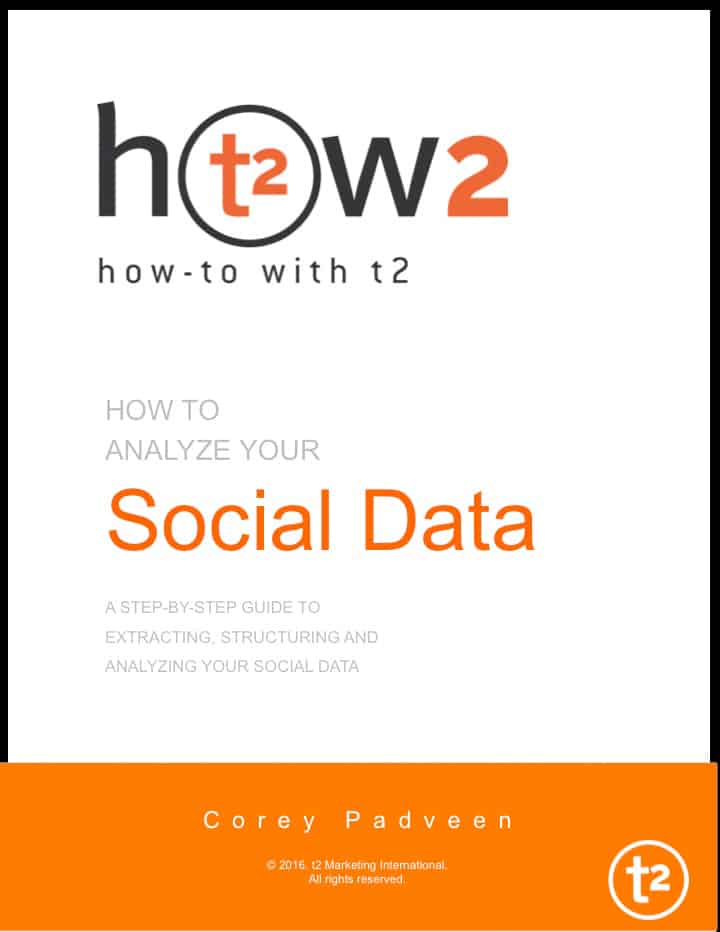20 Marketing Mistakes to Avoid
The world of marketing is always changing, and to keep ahead of the pack, these are a few marketing mistakes to avoid.
Sometimes, the best advice anyone can give you is what not to do. Marketing is a versatile world that allows for everything from data to creativity to mix together and form unique campaigns. With so much flexibility, that leaves a lot of room for opportunity. And error. While best practices are always a good idea to follow, these are a few major marketing mistakes to avoid if you want to ensure your continued success.

Content
- Don’t create content for yourself. Identify your audiences tastes and preferences, and create content for them. While you might be interested in a particular subject, your marketing messages are not necessarily geared to your personal styles. You need to appeal to prospects and customers.
- Let go of your fears about user-generated content (UGC). UGC can be a hugely valuable tool for a whole host of reasons. First, it can offer a means of easing the burden of creating content on a regular basis. Second, it invites your audience to participate in the brand experience, improving their connection to your brand. And third, it can provide you with insights into the characteristics of your audience, which can help with marketing initiatives moving forward.
- Switch up your content from time to time. Of course, you’ll want to maintain a tone and a brand voice – that’s how your audience will stay connected to you. But don’t be afraid to shake things up. A little variety and ongoing evaluations of your content will keep your brand fresh in the eyes of your audience, and will lead to audience growth and increased exposure.
- Conduct content strategy audits on a regular basis. The only way to know what’s working and to truly see returns from your content is to regularly audit your results and implement the lessons you learn from the analysis.
- Be sure to take advantage of an editorial calendar. Too many marketers overlook the importance of an editorial calendar, and as such, strategies are disjointed and content narratives are broken due to a lack of proper structure.
- Give some insight into your business. One of the most popular forms of content today is behind-the-scenes content that provides your audience with a peek behind the proverbial curtain. Don’t make the mistake of closing your company off to the world. One of the easiest ways to improve your customer relationships is by showcasing your transparency.
Data
- Don’t ignore your analytics. It might seem fairly obvious, but too often marketers pay little attention to what the data is telling them, and only focus on superficial results. Avoid that, and start to dig deeper into your analytics.
- Learn more about how to use your data. Again, this is an oversight too often made by marketers where they take little to no time to learn as much as possible about the vast applications that come with free data sets from a number of sources.

- Look for justification for your decisions in your analytics. All too often, that is an overlooked strategy. As noted above, changes to your strategies need to be justified by the tastes and preferences expressed by your audience. Those tastes and preferences are often times expressed in the form of raw or visualized data, so you’ll want to ensure that any new strategies or directions taken with your marketing efforts are justified numerically.
Crisis
- Develop a strategy early, and make it as detailed as possible. If there’s one thing we’ve learned about the speed of modern communications, it is that there is no time to think when a crisis occurs. Things spiral out of control too quickly, and you need to be ready to respond right away. Develop a strategy for any and all scenarios that you can think of before they happen in order to be prepared should a crisis strike.
- Don’t go on the offensive unless it is easily justified (with support from brand advocates and defenders). There is rarely an instance when going on the offensive in a crisis is the right strategy, but it does happen. In these cases, you need to be absolutely sure that this is the best strategy and that you will have the support of your most loyal fans and customers.
- Think before you share. Perhaps the easiest way to avoid crises that stem from insensitive posts is to ask a simple question: Will I offend anyone with this content? It seems obvious, and yet we see examples of brands forgetting this very basic advice every single day. Even if you’re known to have a tongue-in-cheek style, you’ll still want to ask yourself whether or not your audience (and the community in general) will understand your intention behind a post.
Search
- Don’t make the mistake of thinking search is dead. It isn’t – not by a long shot. Search is changing, that’s for certain, but the tried, tested and true methods of bringing your brand to the top of prospects’ search results still hold strong, and you won’t want to ignore them.
- Keep up with the changes. This is easier said than done considering how often search rules and best practices seem to change or adjust slightly, but keeping it white hat and maintaining a spot in the good graces of Google is a must, so stay educated.
- Remember the local side of things (if it applies). While local isn’t something that will apply to all marketers’ organizations, it is crucial to keep it top of mind when it applies to you. Local SEO is getting the star treatment as mobile becomes the focal point, so it needs to be a priority for brands that can leverage it.
- Don’t ignore your blog. And if you don’t have a blog, start writing one; it isn’t too late. Your blog can be one of your best assets when it comes to a lot of things (such as establishing yourself as an industry expert) and that is particularly true when it comes to search. So, if you don’t have one, launch one, and if you haven’t posted in a while, develop a new editorial calendar and get back to work on it.
Social
- Stay active on social (but don’t feel like you have to overdo it). For the longest time, brands felt pressure to share dozens of posts every week. As algorithms have come into play and social has shifted to focus more on the experience, the key is now quality, not quantity. Keep your social profiles active but be sure you’re sharing content that fits with your strategy, your audience and your voice.
- Be social. Another mistake that too often seems a little obvious, yet it still takes place. Automation can help in some instances, but if you’re using automation to avoid the social side of social media, you’re missing the whole point. Engage with your followers and with those around you. It humanizes your brand and goes quite a long way.
- Don’t overdo self-promotion. As social has evolved, self-promotion has become something that a lot of users expect to come across, but don’t use your owned social media as a means of sharing nothing but self-promotional material. It will get you nowhere and isolate your brand from the public.
- Don’t forget mobile. When it comes to the content you share to your social accounts, realize that the majority of your audience is going to be accessing their network from a mobile device. You need to plan accordingly when creating your content and driving users to landing pages. Mobile can no longer be an after-thought!
Now that you have an idea of some of the mistakes you’ll want to avoid, you can get started on executing your campaigns in the most efficient way possible!






